What do Flume, Thomas Jack, Anna Lunoe, Will Sparks, and Tommy Trash have in common?
Not only do they dabble in the profession of electronic dance music production, but the aforementioned artists are all playing a pivotal role in the explosion of the Australian electronic music.
If you haven’t caught wind of the buzz going on in the Australian dance music scene, now is the time to take notice.
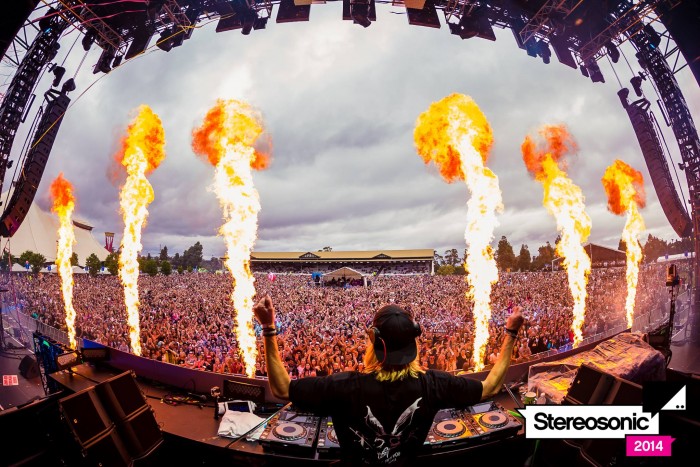
No matter who you speak with in the industry, the resounding consensus is that Australia is careening towards the forefront of electronic dance music culture.
When asked what artists we should watch out for in the near future, Disco Donnie opted to go with an entire country. Recognized as the 18th most important person in EDM by Rolling Stone, the promotion wizard admitted his appreciation for the Australian movement during our recent exclusive interview:
I was in Australia and there are a ton of highly talented young house artists over there.
It’s insane how big the Australian dance music scene is blowing up.
As a promoter, you wouldn’t be expecting to be booking any one from Australia look back 5 years ago. Now you can’t look at a festival lineup without seeing an Australian name. There are dozens traveling all over the world.
Artists like genre pushing combination of Yahtzel and LDRU as Carmada are mainstays on 2015 breakout EDM artist watch lists while Alison Wonderland continues to make waves after endorsements from industry heavyweights including Annie Mac and Diplo.
Perhaps no one is of higher appeal at the moment than tropical house groundbreaker Thomas Jack. Since rising to popularity with his solar-esque sound, the laid-back Aussie has set the foundation for an explosion of equatorially infused genre derivatives such as “sunset house” and “sunset bass,” earning a stamp of approval from Pete Tong along the way.
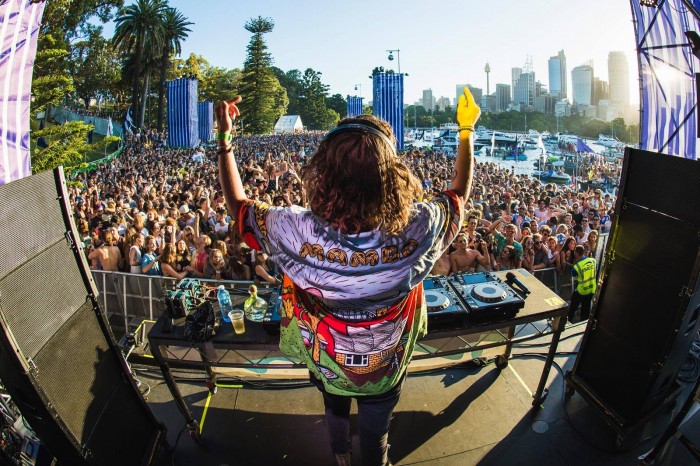
Better recognized as Flume, producer Harley Streten has established himself as an EDM icon, wowing domestic crowds at Coachella and Lollapalooza while gaining near-headline status at Bonnaroo.
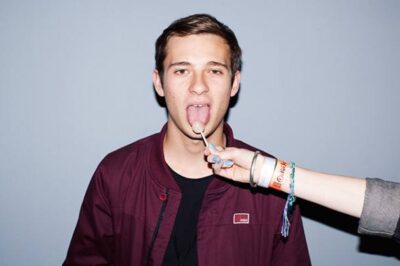
Worldwide influence is not an understatement; His self titled 2013 album received numerous AIR and ARIA Music Awards, including ‘Album of the Year,’ beating out One Direction for the number one spot on the charts.
To him, the explosion of Australian dance music was apparent early in 2014:
We’ve got something pretty special going on here (Australia). We’ve got our own sound and the world’s starting to take notice.
It’s difficult to overlook what is going on in the Outback.
This is a community that is becoming increasingly influential on the entire landscape of EDM.
While easy for outsiders to categorize the efforts of the industry as an ‘Australian sound,’ this misconception couldn’t be further from reality.
From the high energy electro of Tommy Trash to the big room stylings of the Nervo twins, the sounds originating in Australia are permeating through dance music culture. Many sub-categories of EDM owe their roots to Australia including Melbourne bounce and glitch.
If the Australian dance music culture continues to evolve as all variables suggest it will, the industry will witness a provincial influence similar to that of the mid-2000’s Dutch house movement.
Typically, when we look at geo-specific regions that have had a profound impact on the evolution of dance music, this period of Netherland supremacy immediately comes to mind.

After signing to Sony Music, Australian product DJ Helena compared the growth of the Australian community to that of her Dutch colleagues:
Everyone […] was talking about Australia being the new Holland; that there’s an army of artists coming out of there.
That legion includes one of the quickest emerging artists over the course of 2014. The embodiment of what is going on Down Under, Anna Lunoe came up through Australia’s underground scene before transplanting to Los Angeles, California. Also earning her appearances at major American music festivals, Lunoe’s sets have aroused an international craving that resulted in her first North American tour.
Joining an extensive roster of native artists, another accolade boasted by the the Great Southern Land is the annual Electronic Music Conference.
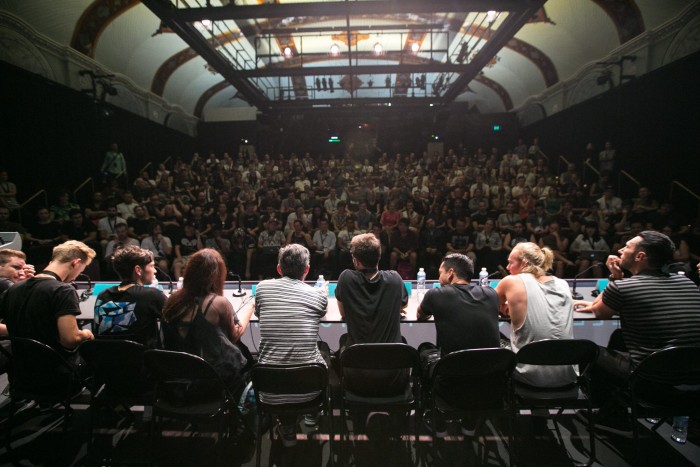
Founded in 2012, the gathering has already emerged as a central pillar in the Asia-Pacific EDM scene. Hosted over multiple days in December, the conference features a series of panels, lectures, workshops, and discussions that draw more than 1,000 leaders within the industry.
During the 2013 congregation, EMC Founder Neil Ackland recognized the influence Australian products were having on a global level. Speaking with Pulitzer prize winning publication The Guardian, Ackland acknowledged the progress of Australian dance music:
The music that’s been coming out of Australia over the past few years has really made a mark on the global level.
There’s just generally a buzz in what’s happening in Australia at the moment.
We could see a really clear trend that Asia-Pacific was going to be the next big growth platform for electronic music over the next five years.
The prophetic of forecast of Ackland continues to further actualize with each passing day. With so much recognition throughout the entire industry, the question remains:
Where did the Australian dance music movement come from?
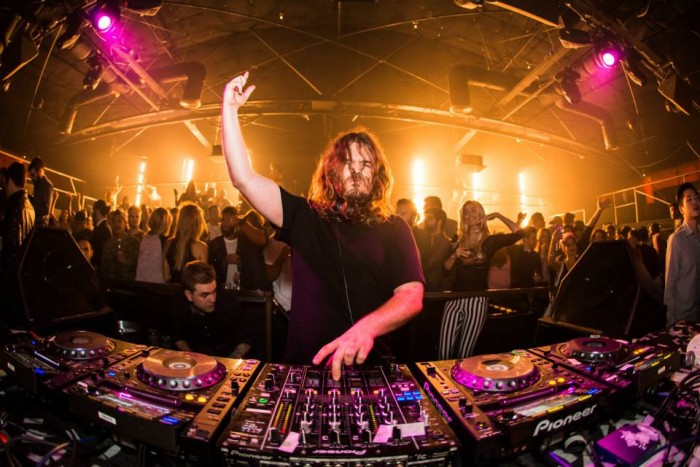
Dance music culture is nothing new to those who call Australia home. The local scene had been evolving since before dance music conglomerate Ministry of Sound established its Australian arm in the late 90’s. Albeit, it was not until recent years that music sharing platforms such as SoundCloud and Beatport have begun to make it increasingly easier for sounds to cross international borders in a matter of seconds. As the vinyl industry was witnessing a rapid decline during the latter end of the 2000’s, access to digital media was conversely increasing at an exponential rate.
It’s not so much that Australia is recently getting into producing as is the case that people are starting to catch wind of it.
The advent of technology has increased ease of discovering sounds from around the world, making the Australian sound more accessible among outside markets. This is especially relevant to the United States, which continues to illustrate global influence on popular trends.
This has accelerated the influx of Australian artists who relocate to hone their craft in the States, hoping to satisfy the increasing demand of dance music that has ballooned into a $6.2 billion industry.
The Melbourne Bounce Effect
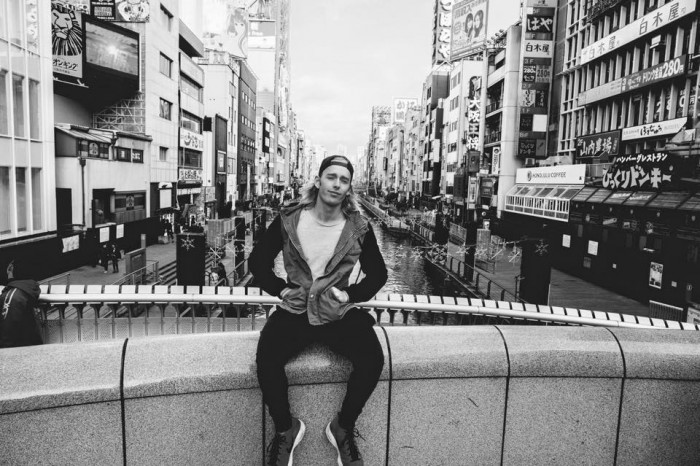
Melbourne bounce is the latest territorial byproduct pervading the electronic atmosphere.
Having played a pivotal role in increasing recognition of Melbourne bounce with the 2012 release of his track “Ah Yeah,” Will Sparks described the rise in popularity of the sound:
With ‘Ah Yeah,’ the sound changed from only being acceptable in a small room to now being played at big festivals […] Once it crossed that line, somehow everyone was into it.
With origins deeply entrenched in the Melbourne underground, the genre began coagulating in the late 2000’s before blasting to the forefront of EDM. As big room house began to face heightened criticism for lack of originality, the high energy style came as a welcomed spin-off of conforming EDM festival anthems.
This led to Joel Fletcher and Timmy Trumpet joining Sparks on a 36-city excursion that saw their Bounce Bus Tour bring the uptempo, horn-infused electro house party jams across the United States.
Since then, the Melbourne bounce style has become increasingly prevalent among producers.
The Land of Glitch
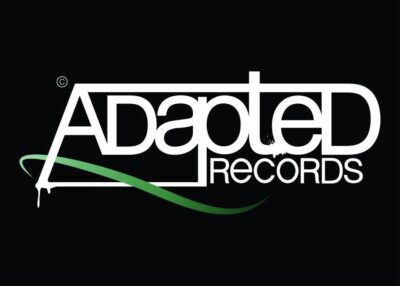
Glitch hop has emerged as another Australian claim to electronic fame. Emanating from the independent dance music underground, glitch has continued to emerge due to its diverse ability.
Predominantly mixed on the fly, the expressive art form allows artists to inject whatever they are feeling at the moment while commanding authority of their audience.
Incorporating synocopated, glitch-like effects through beat repetition, the beauty of glitch hop is that it is not relegated to a specific BPM pattern.
Otherwise annoying noises such as clicks and beeps are transformed into consciously aware tunes.
While the sub-genre also cites influences from the U.S. West Coast, artists like Mr. Bill and those represented by Adapted Records have played a huge role in nurturing glitch hop and making it a world recognized sound.
At any given time one can look at the Beatport glitch hop charts and recognize complete domination by artists representing the Melbourne based independent record label.
The influence of Australia on dance music culture extends beyond production and events into the media as well.
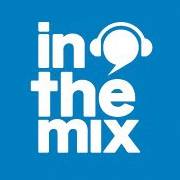
Having started in from humble beginnings in Australia, inthemix has grown into one of the most widely consumed online EDM resources, with more than six million visitors per year.
Though we might effortlessly overlook the editorial reach of the Australian publication, the ability to reach this amount of dance crazed media consumers has significantly perpetuated the growth of Australian dance music culture with an entire channel dedicated to the happenings throughout the continental scene.
Moreover, radio station and syndicate of the Australian Broadcasting Company Triple J has continued evolving to accommodate the increased demand for dance music among the 18 to 30-year old market.
The impact of dance music on the Millennial market has event caused international brands to enter the arms race. After partnering with major music festivals and curating musically inclined workshops around the world for over 15 years, the Red Bull Music Academy is coming to Sydney in conjunction with FBi Radio for an electronic focused event to take place in early 2015.
With the abundance of resources surrounding Australian EDM culture, it comes as no surprise that major music festivals have also rooted themselves in The Land Down Under.
Stemming from culturally rooted affairs like Sydney’s Field Day and Harbourlife, large-scale events have continued to propagate the evolution of Australian EDM.
Stereosonic and Future Music Festival are just two events from the extensive Australian portfolio that have become synonymous with the international market.
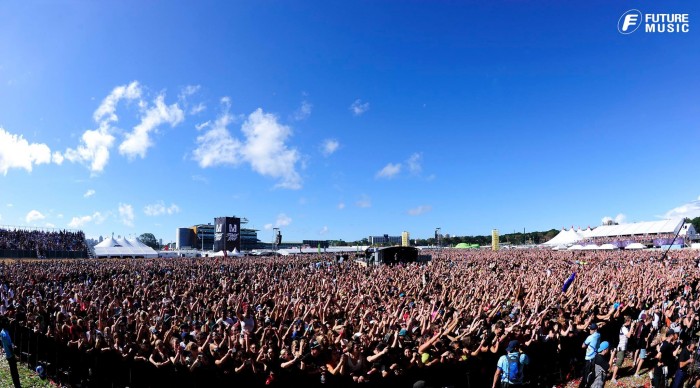
Held annually since 2007 in the five largest Australian cities – Adelaide, Brisbane, Melbourne, Perth, and Sydney – Stereosonic Music Festival has played a huge role in introducing the cultural masses to the worldly influences of EDM.
Entering its ninth campaign, many of the current happenings can be attributed to the formative years of the phenomenon that featured Carl Cox, Crookers, Booka Shade, Ajax, and many more.
Watch the Stereosonic 2014 Official Aftermovie
The rapid expansion and continued success of Stereosonic eventually drew interest from Global EDM Empire SFX Entertainment, who acquired festival promoters Totem OneLove Group in October 2013.
Even house music luminary John Digweed vocalized his appreciation the local EDM community. When asked by MTV what he thought of the Australian scene leading up to Ultra Music Festival 2014, Digweed sang its praises:
I have an amazing time every time I go to Australia and I’ve seen it grow from a club scene through to big events and now the huge festivals like Stereosonic and Future Music. I think it’s got a healthy scene.
The growth of the Australian dance music industry mutually benefits the industry as a whole. Not only is the influence seeping across international borders, but international companies realize the benefit of aligning with the burgeoning scene.
Appeal of the Australian market has even caught the attention of Hard Events CEO Gary Richards. Also recognized under his performance moniker Destructo, Richards began integrating his leading U.S. brand into Stereosonic in 2012 with the introduction of the Hard Arena.
As the flourishing EDM community continues to expand, technology continues to evolve, and productions continue to diversify, be prepared for the Australian dance music industry to be leading the next phase of evolution.
With influences reverberating throughout the space, few regions are impacting the global spectrum of electronic dance music as significantly as Australia.
Artists like Chiefs and Golden Features show that there are even more sickening sounds just waiting to step forward. We will be eagerly watching, not only as talented Australian producers continue to emerge, but as more global sounds are derived from Australian origins.
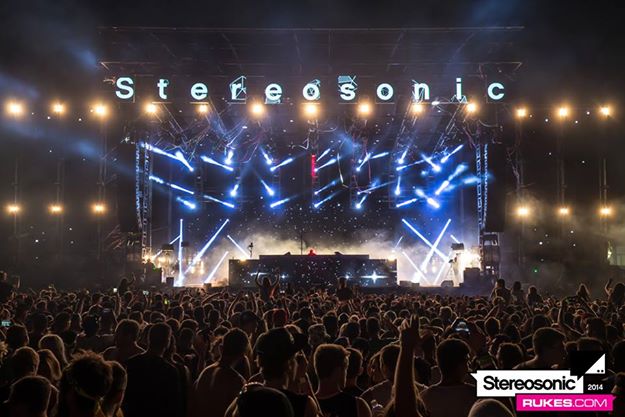
A comprehensive list of notable Australian DJs and producers can be viewed by clicking here.


Love the article! I’d love to go to explore the Australian EDM scene some day. Don’t forget the popularity of hardstyle/hardcore there, with Defqon.1 doing their only international festival there for a couple years now.